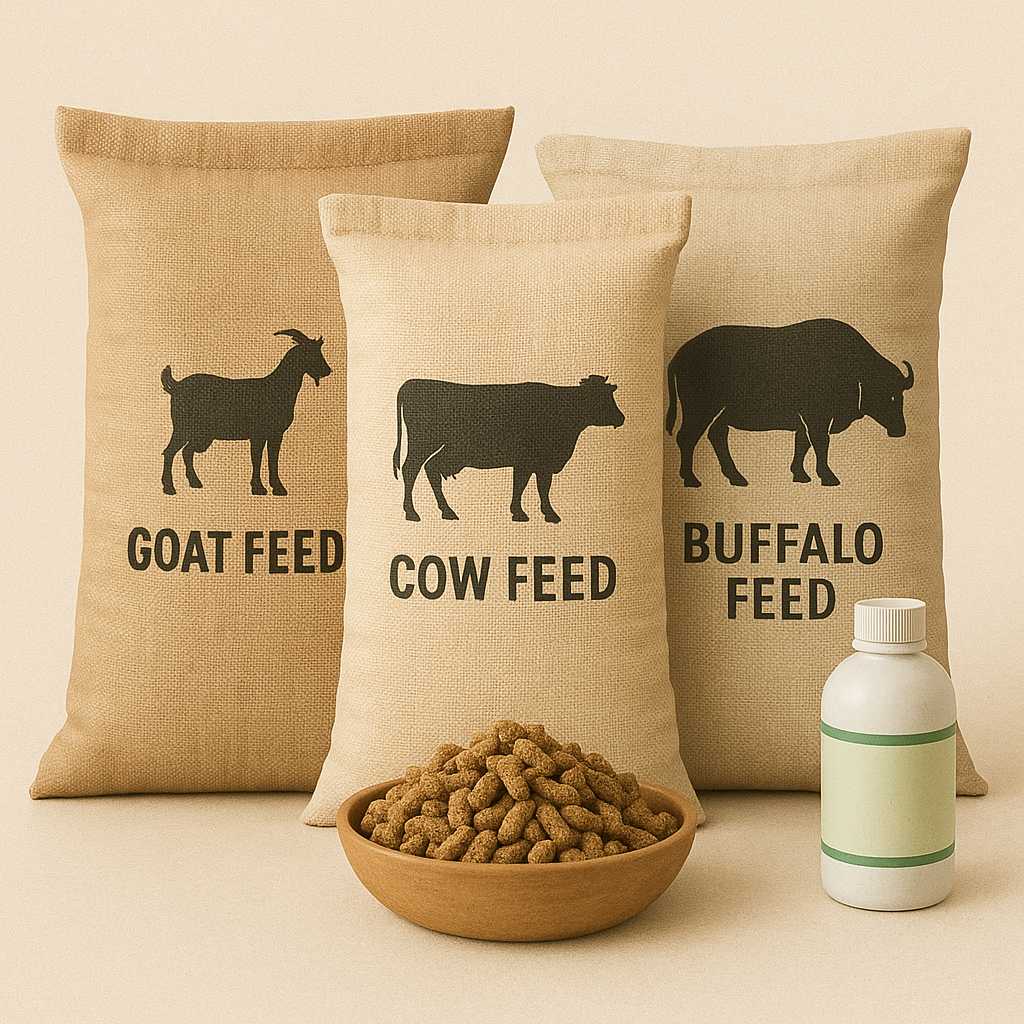
Storytelling in Marketing: Building Brand Loyalty with Narratives
Introduction: Why Stories Drive Marketing Success
People don’t just buy products; they buy experiences, emotions, and connections. This is why storytelling in marketing is now a key strategy for brands. It helps them build loyalty and stand out in crowded markets. A great story can inspire customers, foster emotional connections, and ultimately drive business growth.
In this blog, we will look at how storytelling changes product marketing. We will discuss how you can use it to connect with customers. Successful storytelling can help improve customer retention and brand loyalty.
Why Storytelling Works in Product Marketing
Stories are powerful because they resonate with the human brain. Good stories trigger emotions, making people more likely to remember your brand and engage with it. Here’s why storytelling is crucial in product marketing:
- Emotional Connections: Stories evoke feelings, and customers remember how your brand makes them feel.
- Builds Trust: Authentic branding through storytelling helps establish credibility with your audience.
- Improves Customer Experience: A marketing narrative that aligns with customer preferences creates a seamless connection between your brand and your customers.
- Drives Business Growth: Compelling stories can attract new customers and encourage repeat purchasers.

Key Elements of a Successful Storytelling Strategy
To create stories that connect with your audience, you need to focus on these essential elements:
- Relatable Stories:Your audience should see themselves in your stories. Highlight personal experiences, customer journeys, or real-world situations that reflect their challenges and aspirations.
- A Clear Brand Mission:Every story should tie back to your brand mission. For example, Coca-Cola’s “Share a Coke” campaign wasn’t just about selling soda—it was about celebrating connections.
- Emotional Impact:Emotionally charged narratives inspire customers and keep your brand memorable. Use good stories that focus on joy, hope, or even overcoming challenges.
- Visual Storytelling:Combine visuals with your stories to create a stronger impact. Photos, videos, and animations make your marketing campaigns more engaging.
- Authentic Branding:Customers can tell when a story is forced. Stay true to your brand values and communicate with sincerity to build trust.
How to Use Storytelling in Product Marketing
Now that you know why storytelling matters, let’s dive into how you can implement it effectively.
- Customer-Centric Stories
- Focus on your customers as the heroes of your stories. Showcase how your product or service solves their problems or improves their lives.
- Example: A fitness app shares a case study of a customer’s weight loss journey and how the app helped them stay motivated.
- Share Stories About Your Brand Journey
- Customers love to know the “why” behind a brand. Share personal experiences or the challenges your business overcame to reach its goals.
- Example: A small coffee brand shares how it sources beans directly from farmers to ensure quality and support local communities.
- Leverage Video Storytelling
- Videos are one of the most effective ways to tell a story. They combine visuals, sound, and emotion, making them perfect for capturing attention and conveying messages.
- Tip: Create a short video ad showing how your product fits into your customers’ daily lives.
- Use Social Media Storytelling
- Social media platforms are excellent marketing channels for sharing bite-sized narratives. Use Instagram Stories, Twitter threads, or Facebook posts to share relatable stories.
- Tip: Encourage customers to share their own experiences with your product and tag your brand.
- Highlight Team Members
- Show the people behind your brand. Sharing team members’ stories humanizes your business and strengthens customer interactions.
- Example: A bakery introduces its head baker, sharing their passion for creating unique recipes.

Impact of Storytelling on Brand Loyalty
Storytelling isn’t just a marketing strategy—it’s a way to retain customers and build lasting relationships. Here’s how it fosters brand loyalty:
- Increases Customer Retention Rate: Stories that resonate encourage repeat purchasers and retained customers.
- Creates Memorable Customer Interactions: A compelling story sticks in the minds of your audience, keeping them engaged with your brand.
- Enhances Customer Journey: Stories make each touchpoint in the customer journey more meaningful.
- Encourages Advocacy: When customers connect with your story, they’re more likely to recommend your product to others.
Examples of Successful Storytelling in Marketing
- Coca-Cola: “Share a Coke”:Coca-Cola replaced its logo with popular names on bottles, encouraging customers to “share a Coke” with someone special. This simple campaign became a global success because it focused on personal connections and emotions.
- Apple: “Think Different”:Apple’s iconic campaign celebrated creativity and innovation, aligning the brand with dreamers, rebels, and visionaries. It connected deeply with customers who saw themselves as part of this unique group.
- Nike: “Just Do It”:Nike’s storytelling strategy often focuses on overcoming challenges. From athletes’ journeys to personal struggles, their stories inspire customers to push their limits.
Tips for Small Businesses
Even small businesses can create powerful storytelling strategies. Here’s how:
- Start With Your Why: Share why you started your business and what makes it unique.
- Use Local Connections: Highlight how your brand impacts your local community.
- Engage Customers: Feature customer stories in your marketing campaigns.
- Be Consistent: Ensure your stories align with your overall content marketing strategy.
How to Craft Relatable Stories
Relatable stories are the cornerstone of a successful storytelling strategy. Here’s how to create them:
- Understand Your Target Customers: Pay attention to their challenges, desires, and goals.
- Focus on Real-World Problems: Show how your product solves issues they face daily.
- Include Personal Experiences: Stories based on true events feel more authentic.
Keep It Simple: Avoid overcomplicating your narrative—focus on clarity and connection.

Why Visual Storytelling is Essential
Visual elements make your stories more impactful and memorable. Here’s how to incorporate visuals into your storytelling:
- Photos: Use high-quality images that reflect your brand’s values.
- Videos: Share behind-the-scenes looks, tutorials, or customer testimonials.
- Infographics: Combine data with storytelling to educate and engage your audience.
The Role of Content Marketing in Storytelling
Content marketing is the foundation of effective storytelling. It allows you to share stories across multiple platforms, reaching a wider audience. Here are some ways to integrate storytelling into your content marketing:
- Blog Posts: Share detailed stories about your brand or customer experiences.
- Email Campaigns: Use storytelling to make your emails more engaging and personalized.
- Social Media Content: Post relatable stories that encourage shares and comments.
Conclusion: Let Your Stories Speak
Storytelling in marketing is not just about selling a product. It’s about connecting with your audience in a deeper way.
By creating real and relatable stories, you can inspire customers. Sharing these stories through the right channels helps build trust. This approach also creates lasting brand loyalty.
Ready to start your storytelling journey? Visit BuildMyStore.io to create a platform that showcases your brand’s story and helps you connect with your audience. Let your stories fuel your success!













